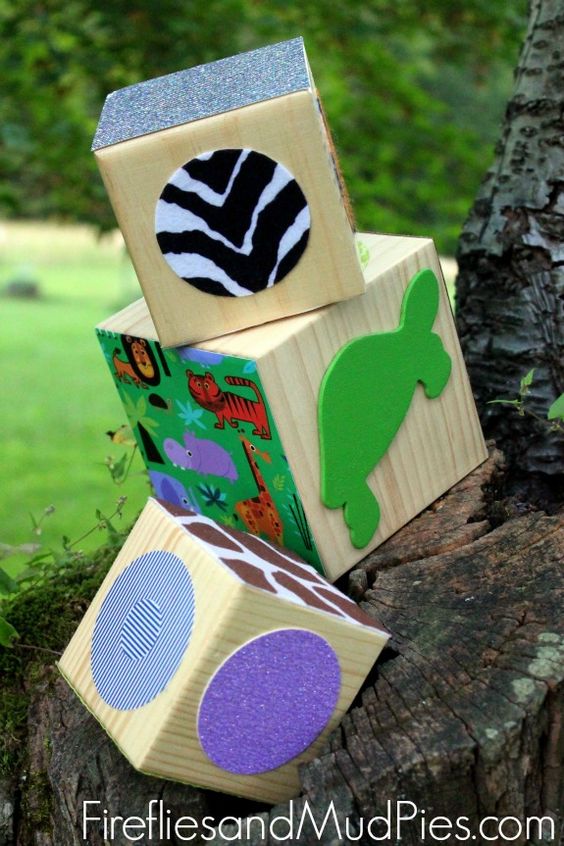Make Your Own Building Blocks: Ideas for Homemade Toys
Blocks play a crucial role in a child’s development, making them essential for any early childhood or home environment. It’s advisable to store blocks on low shelves and ensure ample floor space for play. Opt for lightweight blocks without sharp corners to facilitate safe play, as many children enjoy building tall structures that are inevitably knocked down.
 In early development stages, children may initially engage with blocks through tactile exploration, such as carrying them around. Use sturdy yet lightweight materials to prevent breakage and reduce choking hazards. As children progress, they start with simple stacked constructions and move on to more complex designs, such as fortresses and castles inspired by real-life buildings.
In early development stages, children may initially engage with blocks through tactile exploration, such as carrying them around. Use sturdy yet lightweight materials to prevent breakage and reduce choking hazards. As children progress, they start with simple stacked constructions and move on to more complex designs, such as fortresses and castles inspired by real-life buildings.
Block play contributes significantly to a child’s development by:
- Enhancing their ability to interact constructively with their environment.
- Exploring various textures, shapes, colors, and patterns.
- Re-enacting and processing past experiences through imaginative play.
Building blocks don’t need to be expensive; household items can be repurposed creatively for block play. For instance:
- Paper Bags: Decorate and fill paper bags with materials like old newspapers for cost-effective blocks.
- Sponges: Shape and decorate sponges for safe, immediate play options.
- Cardboard: Utilize cardboard boxes or tubes from everyday items to create versatile building blocks.
Encouraging block play fosters creativity and cognitive development in children, making it a valuable part of their early years.


